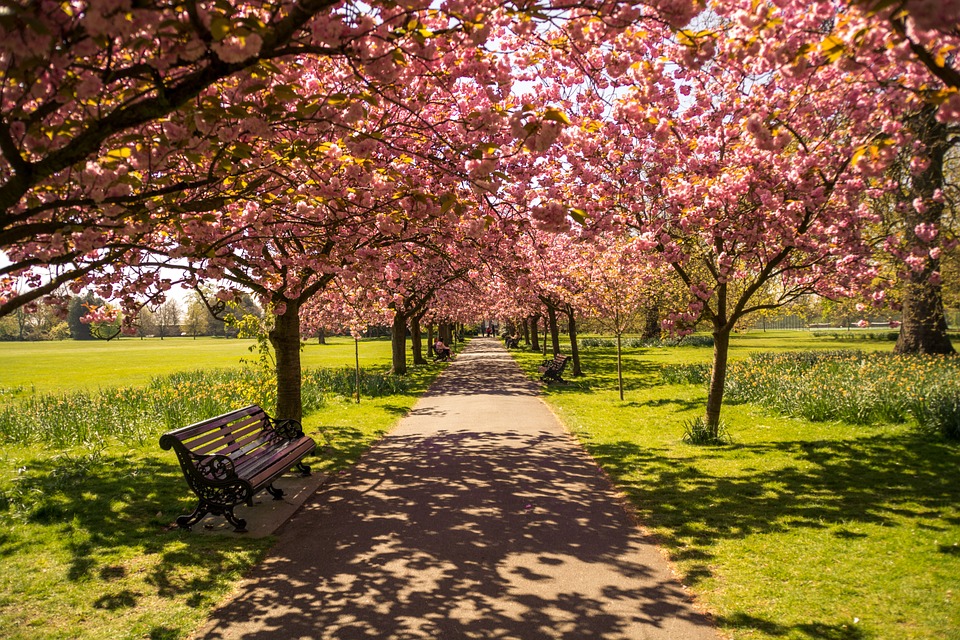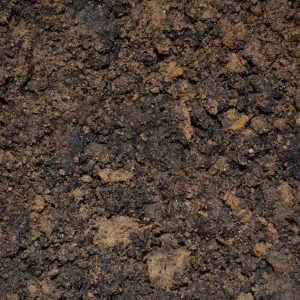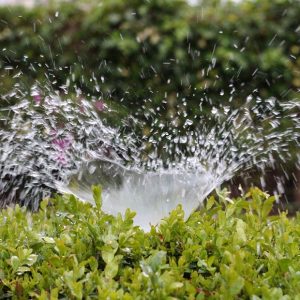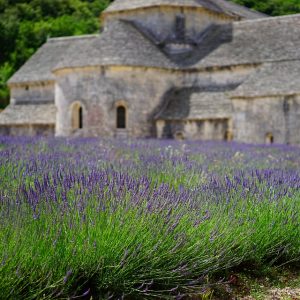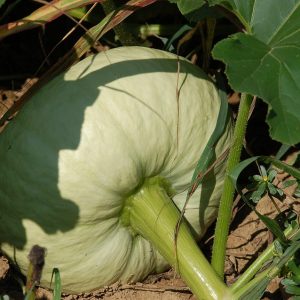Home Study Garden Design and Landscaping Course
An ideal course for anyone wanting to work as a landscape contractor, supervisor or landscape gardener.
Ideal for people wanting to either:
- start their own landscape business, or
- find employment with someone else in landscaping
This course develops skills in general horticulture, plant identification and uses, designing, costing, and constructing gardens.
Distance Learning Landscaping and Garden Design Certificate
- Exceptional support services (Tutors available 50 weeks a year, online student Portal, bookshop, etc)
- Start any time, work at your own pace, study from anywhere.
DURATION: Minimum 700 hours
 COURSE CONTENT
COURSE CONTENT
This certificate entails the following:
- Core studies – half of the course, involving approximately 350hrs over 15 lessons.
- Elective studies – half of the course, involving stream studies specific to landscaping.
Core units
- Introduction to Plants
Nomenclature and taxonomy, the plant kingdom, genus, species, hybrids. - Parts of the Plant
How plants grow, plant structure, parts of the flower and leaf, modification of stems and roots. - Plant Culture – Planting
How to plant and protect newly planted specimens, terms like annuals, biennials, perennials, deciduous, evergreen and herbaceous plants. - Plant Culture – Pruning
The purpose for pruning, rules for pruning, how to prune. - Plant Culture – Irrigation and Machinery
Different irrigation systems, components of an irrigation system, designing an irrigation system, maintenance in the garden and for tools.  Soils & Media
Soils & Media
Soil classifications, testing soil, potting mixes, the U.C. System, ingredients of potting mixes.- Soils & Nutrition
Fertilizers – deficiencies and toxicities, N:P:K ratios, salting, fertilizer programming, compost. - Propagation – Seeds & Cuttings
How to propagate plants with the two easiest techniques, propagating mixes, cold frame construction, aftercare for young plants. - Propagation – Other Techniques
Other methods to increase plant numbers – budding, grafting, layering, division, and tissue culture. - Identification and Use of Plants
How are plants used in the landscape, how to choose and purchase plants, selecting plants suitable for the climate and site. - Identification and Use of Plants
Problems with plants and choosing plants for problem sites. - Identification and Use of Plants
Indoor and Tropical Plants, flowers, herbs, bulbs, ferns. - Pests
Identifying and controlling pests, chemical, and natural methods for control, chemical safety precautions. - Diseases
Identifying and controlling diseases, plant pathology, fungi, viruses, nonpathogenic problems, interactions with the host and the environment. - Weeds
Identifying and controlling weeds, chemical terminology.
Stream(elective) studies: LANDSCAPE AND GARDEN DESIGN
The aim of the stream studies is to develop skills and knowledge in landscape design, construction, features, and landscape business management.
The student will engage in the following activities as part of the stream studies:
Review the historical evolution of gardens.
- Obtain pre-planning information and use that information to draw plans.
- Identify different principles and styles of landscape designs.
- Analyze garden designs.
- Develop graphic skills and knowledge of drawing materials and techniques.
- Prepare cost estimates for a landscape job.
- Describe surfacing materials and their effects.
- Explain the quality and cost of different landscape materials.
- Develop knowledge of plants, both native and exotic, suitable for local conditions.
- Select plants for difficult sites and conditions.
- Describe the advantages and disadvantages of various pipes, sprinklers, and pumping equipment.
- Recommend irrigation systems for different landscape situations.
- Design a simple irrigation system.
- Design a bush garden and the value and relevance of using native plants.
- Analyze and report on a cottage garden design.
- Analyze and report on a playground design.
- Prepare a playground design for a school or public park.
- Draw layout plans for a range of gardens.
- Conduct a detailed survey of a site, prepare a detailed plan based on that survey, estimate costs and develop contract documentation for that project.
- Explain earthworks and soil preparation techniques used in landscaping.
- Describe alternative techniques for establishing and growing plants.
- Explain a range of landscape construction techniques including building fences, walls, rockeries, paths, water gardens, paving and drainage.
- Compare different landscape materials with respect to their quality, cost, availability and application in garden construction.
- Describe the correct procedures for the proper and safe removal of a limb from a tree, and for the felling of trees.
- Develop a detailed maintenance program for a garden.
- Demonstrate the ability to prepare for, and plant a new lawn.
- Explain how to establish turf on a steep slope.
- Write an advertisement for a landscaping business.
- Explain basic management procedures.
- Show a reasonable level of communication skill.
- Explain health and safety requirements on a landscape site

